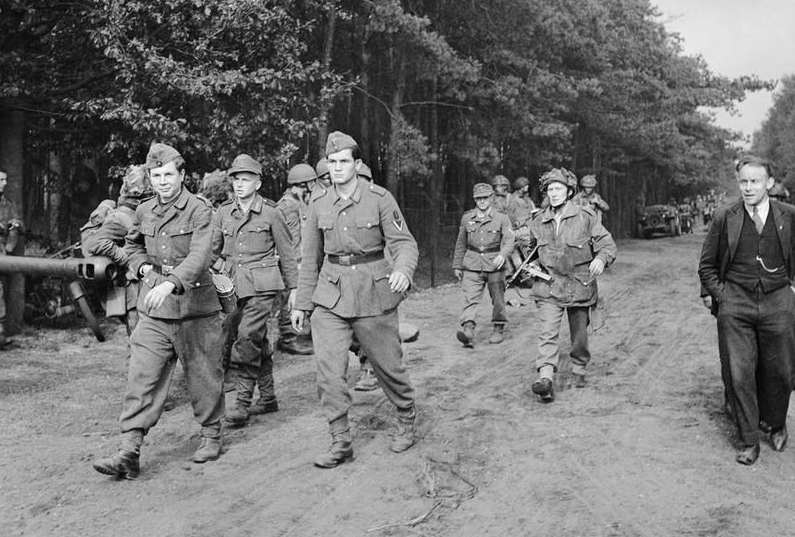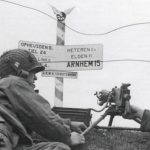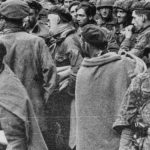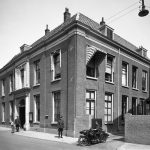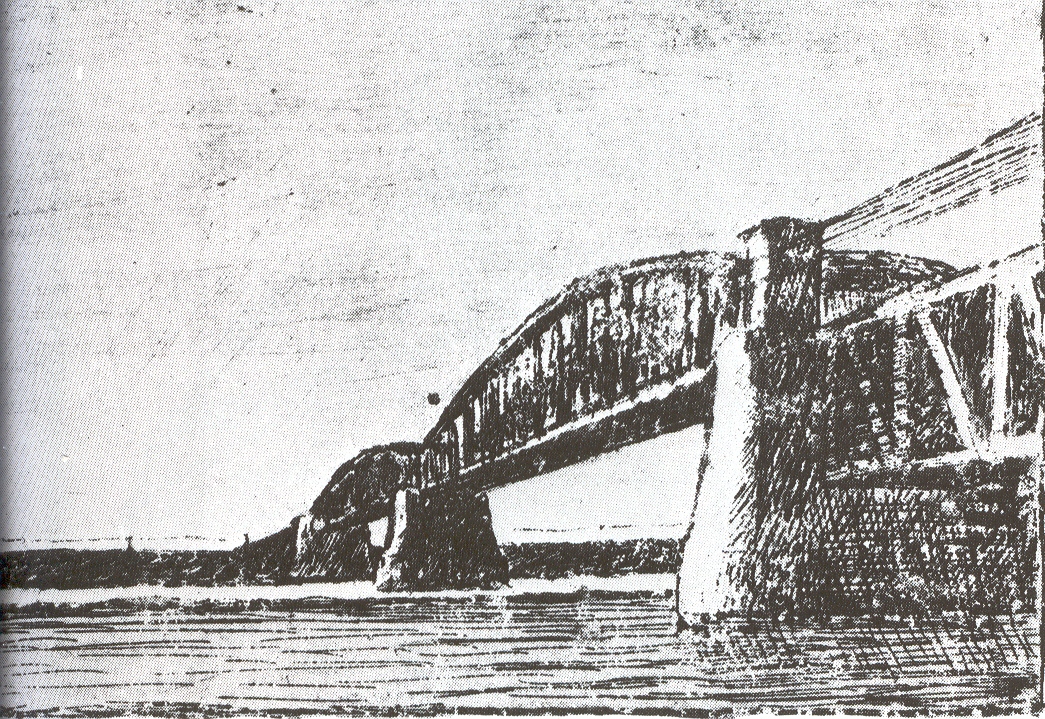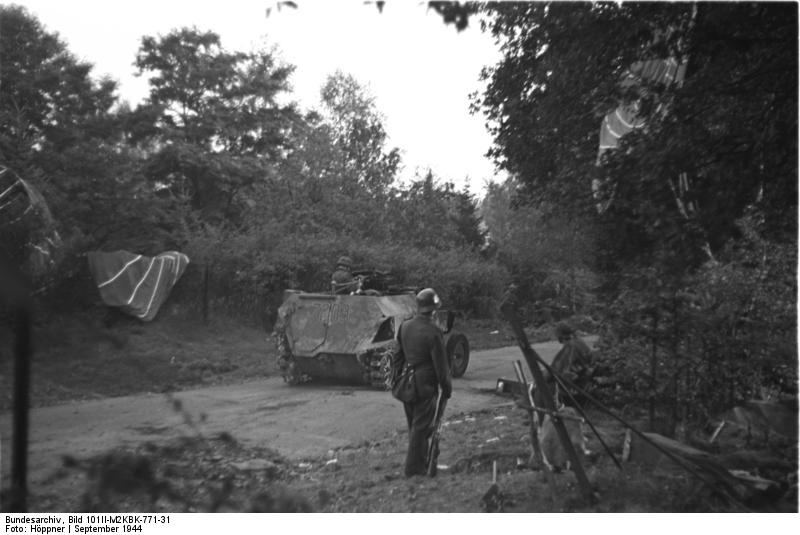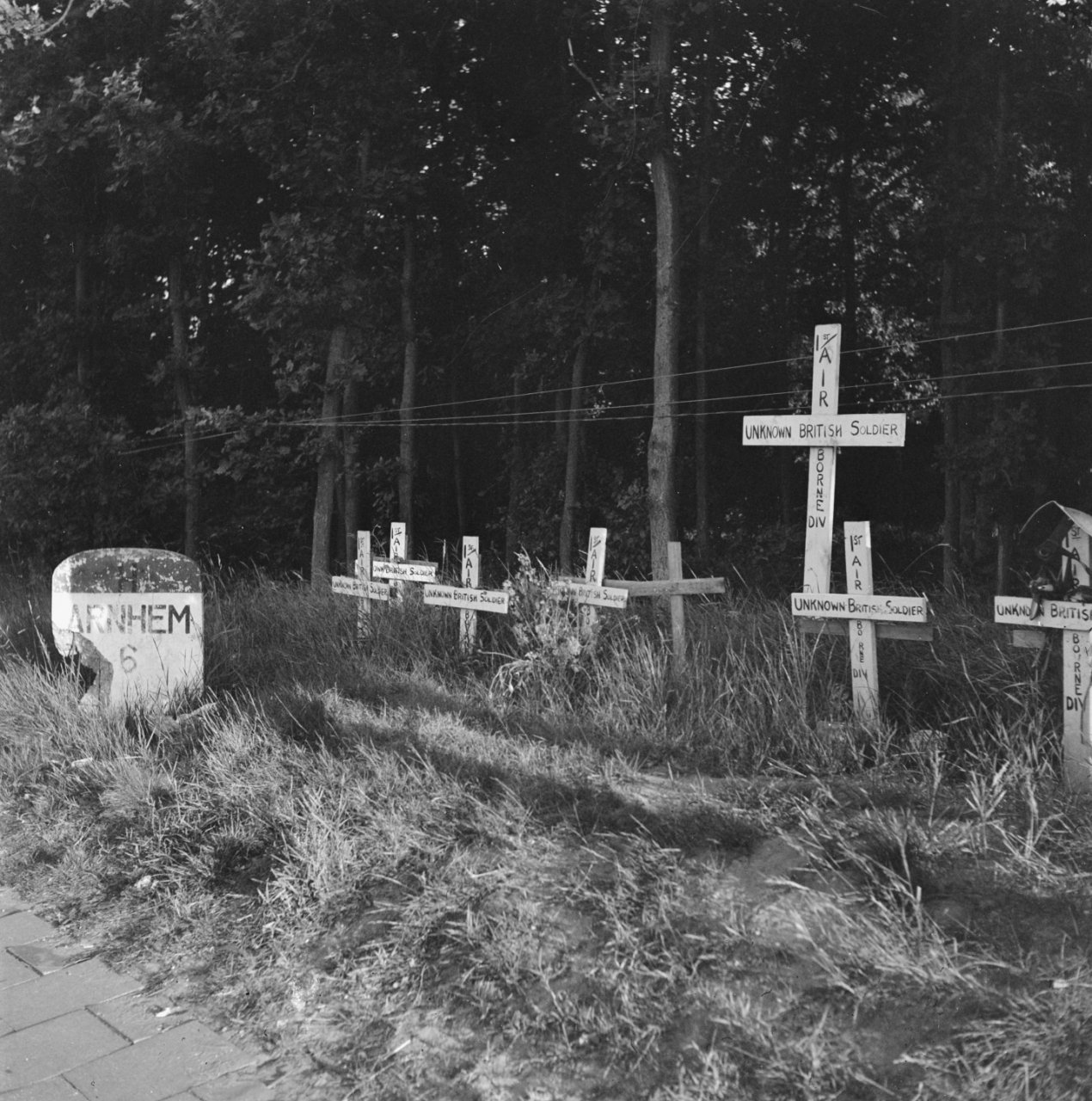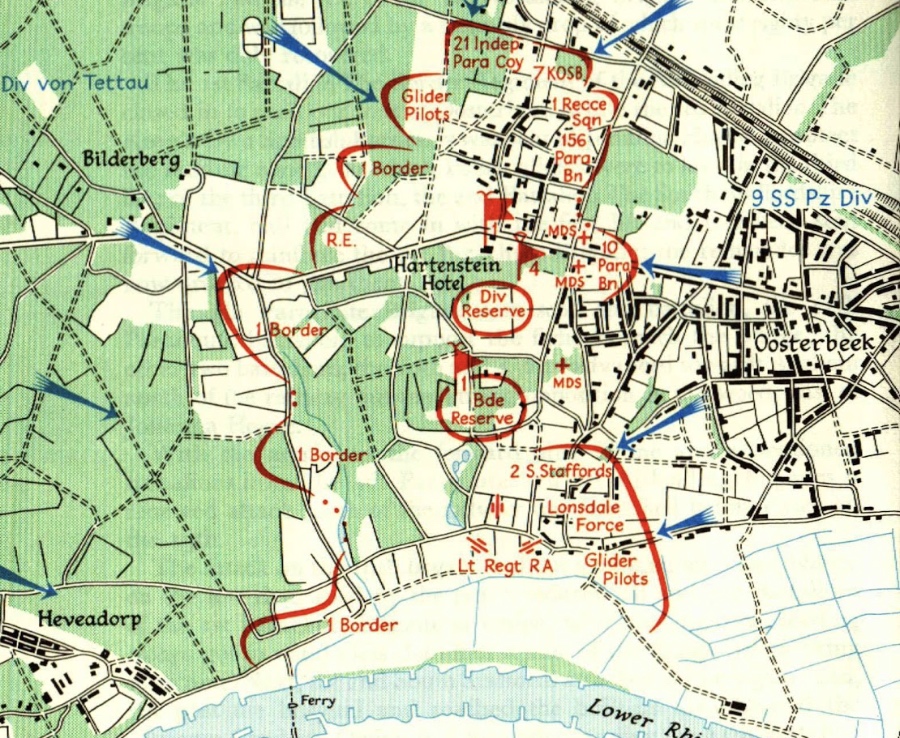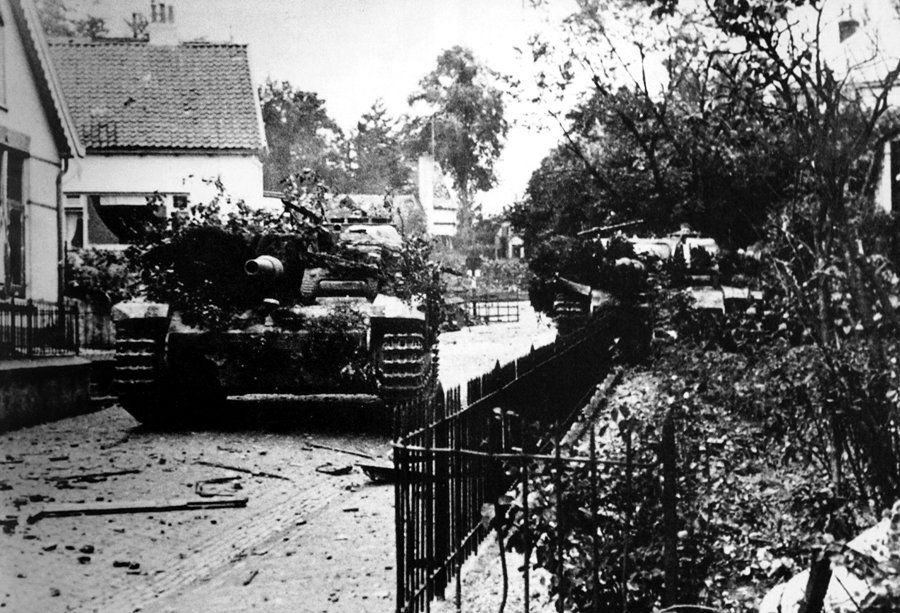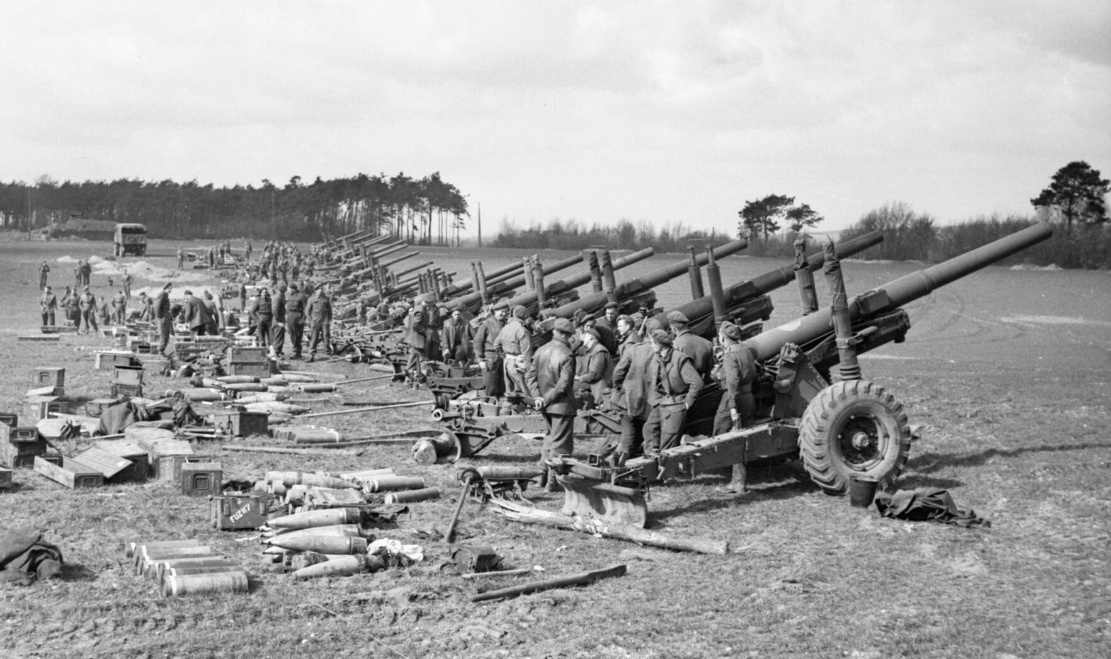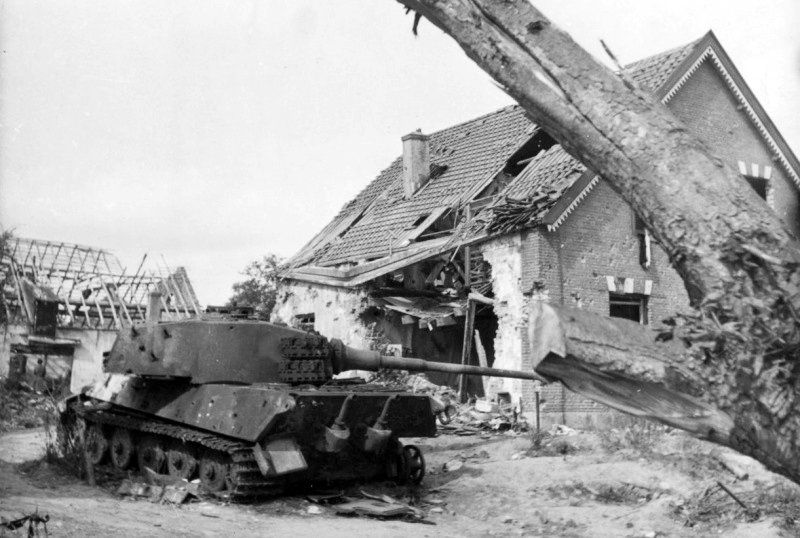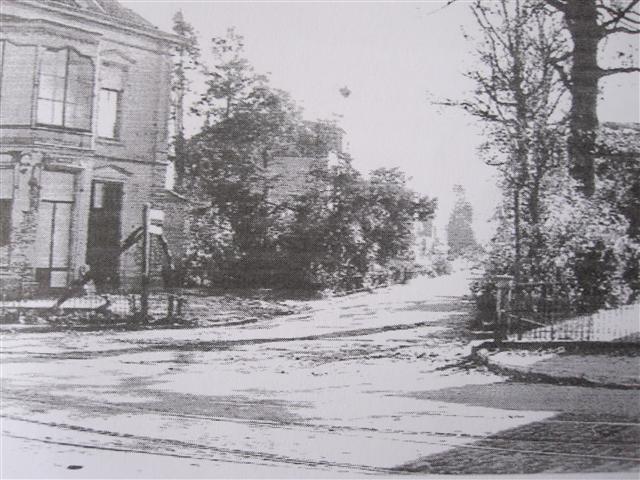John Frost’s Battalion captures the Rhine bridge, but not the railway bridge and the ship bridge
After the airborne landings on September 17, three battalions with approximately 2,700 British paratroopers left for Arnhem via three different routes. 1st Battalion , which advanced to Arnhem via the north, came into contact north-east of Wolfheze with the first troops of the 9th SS Armored Division that the Germans had sent to Arnhem. During…

